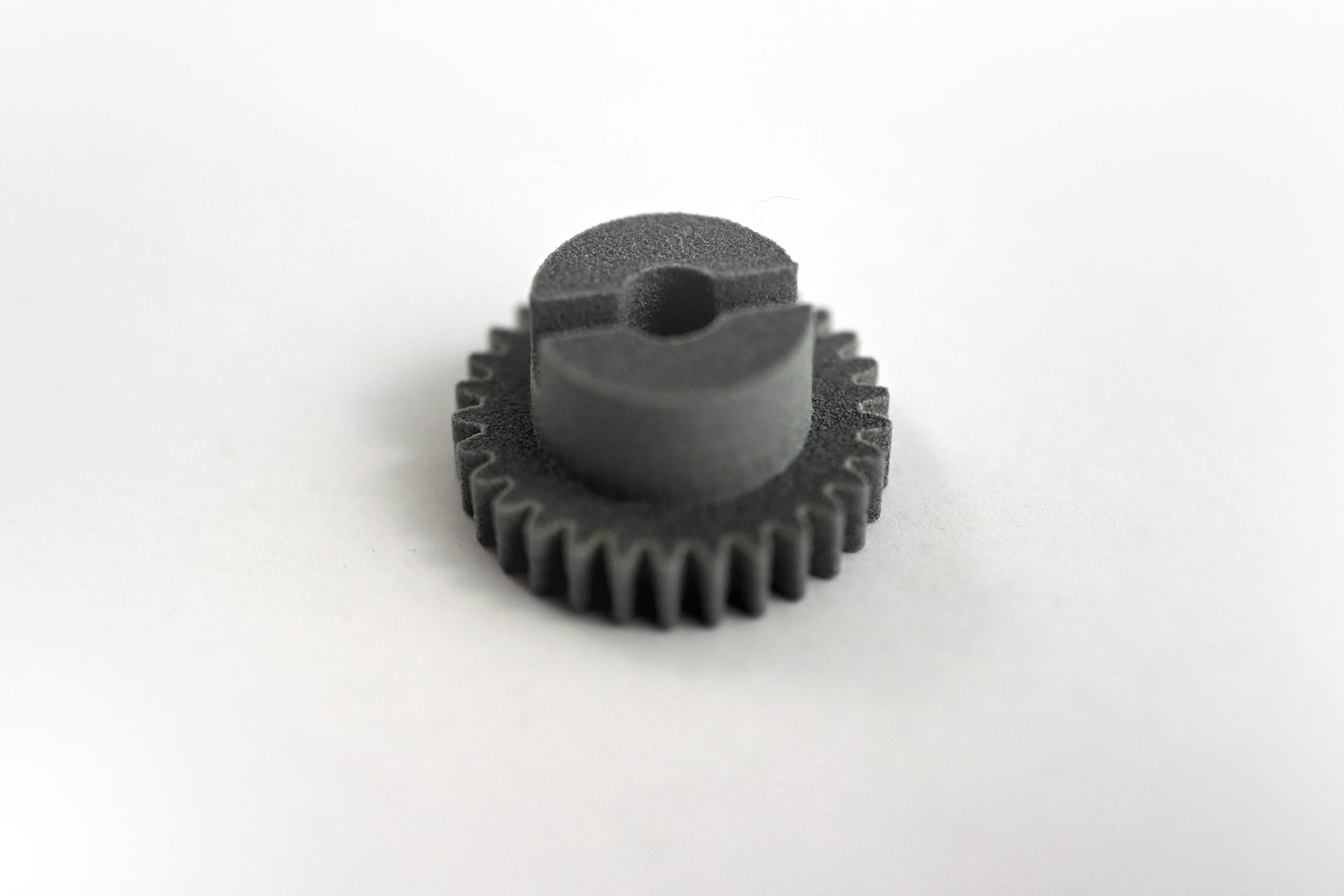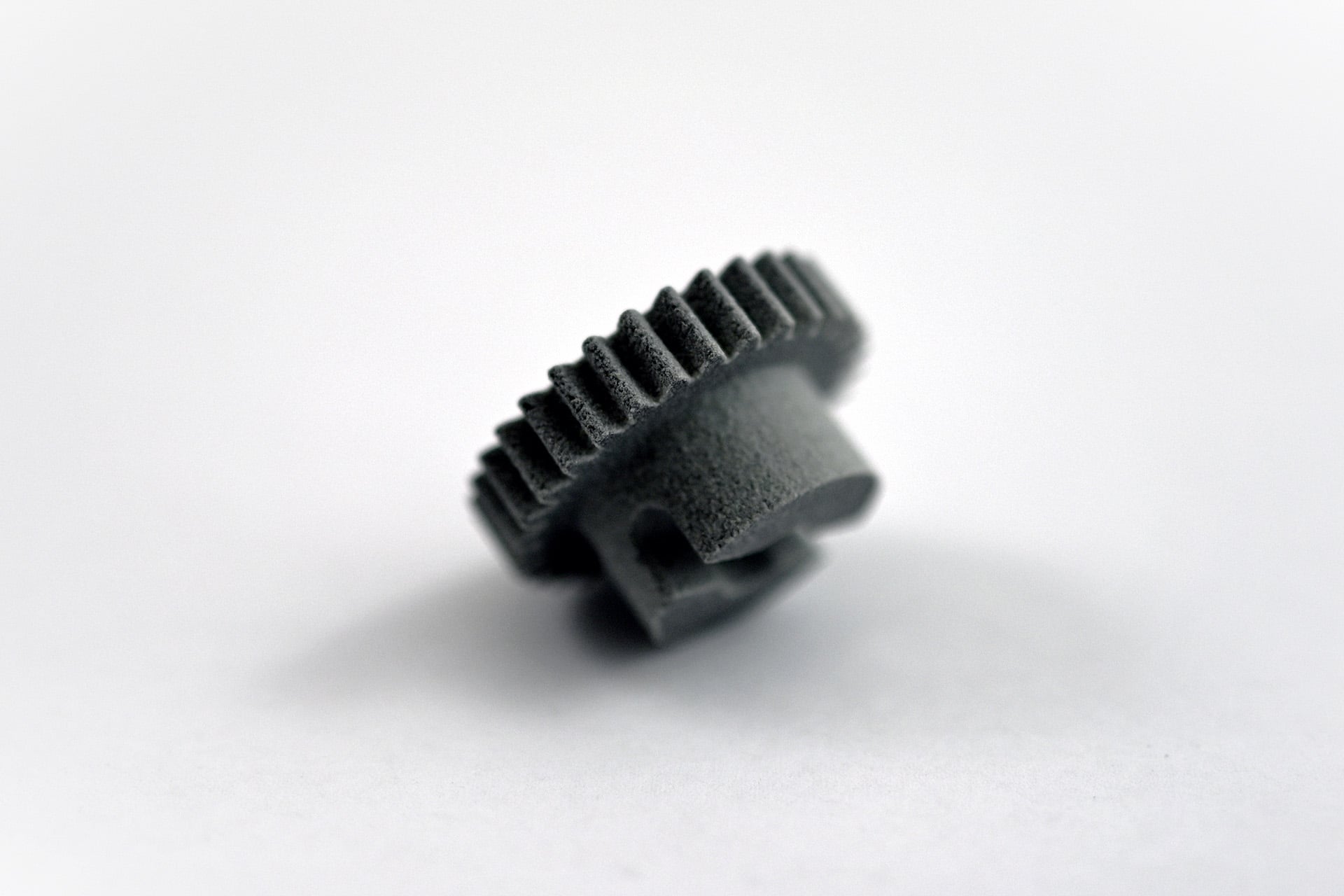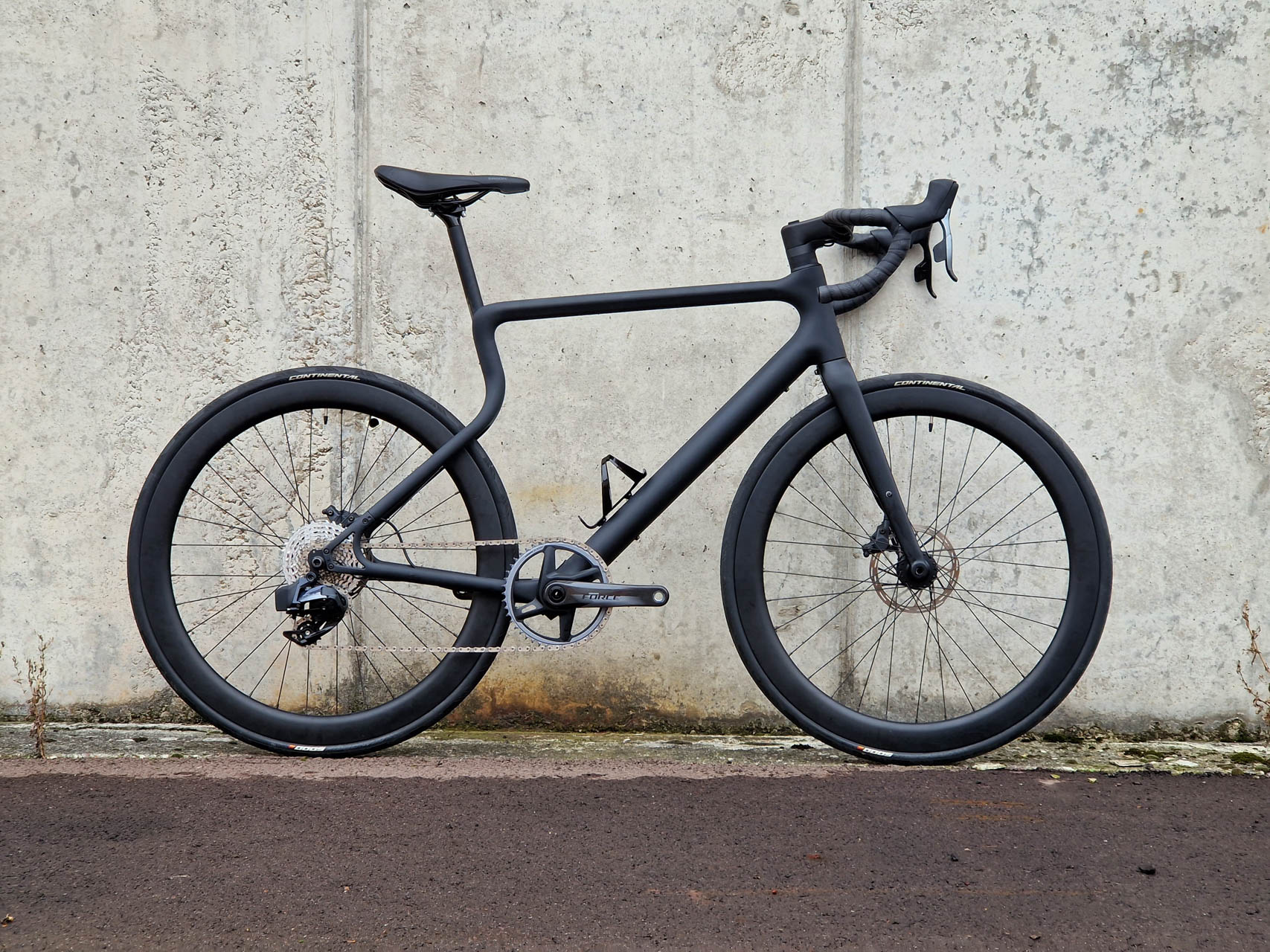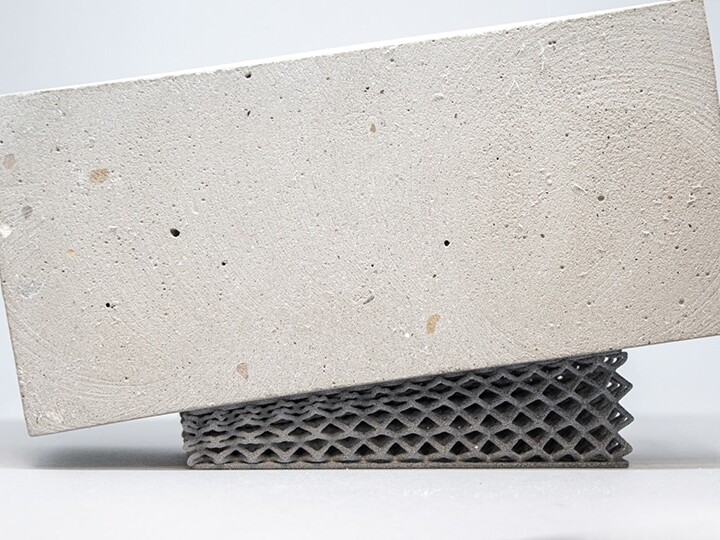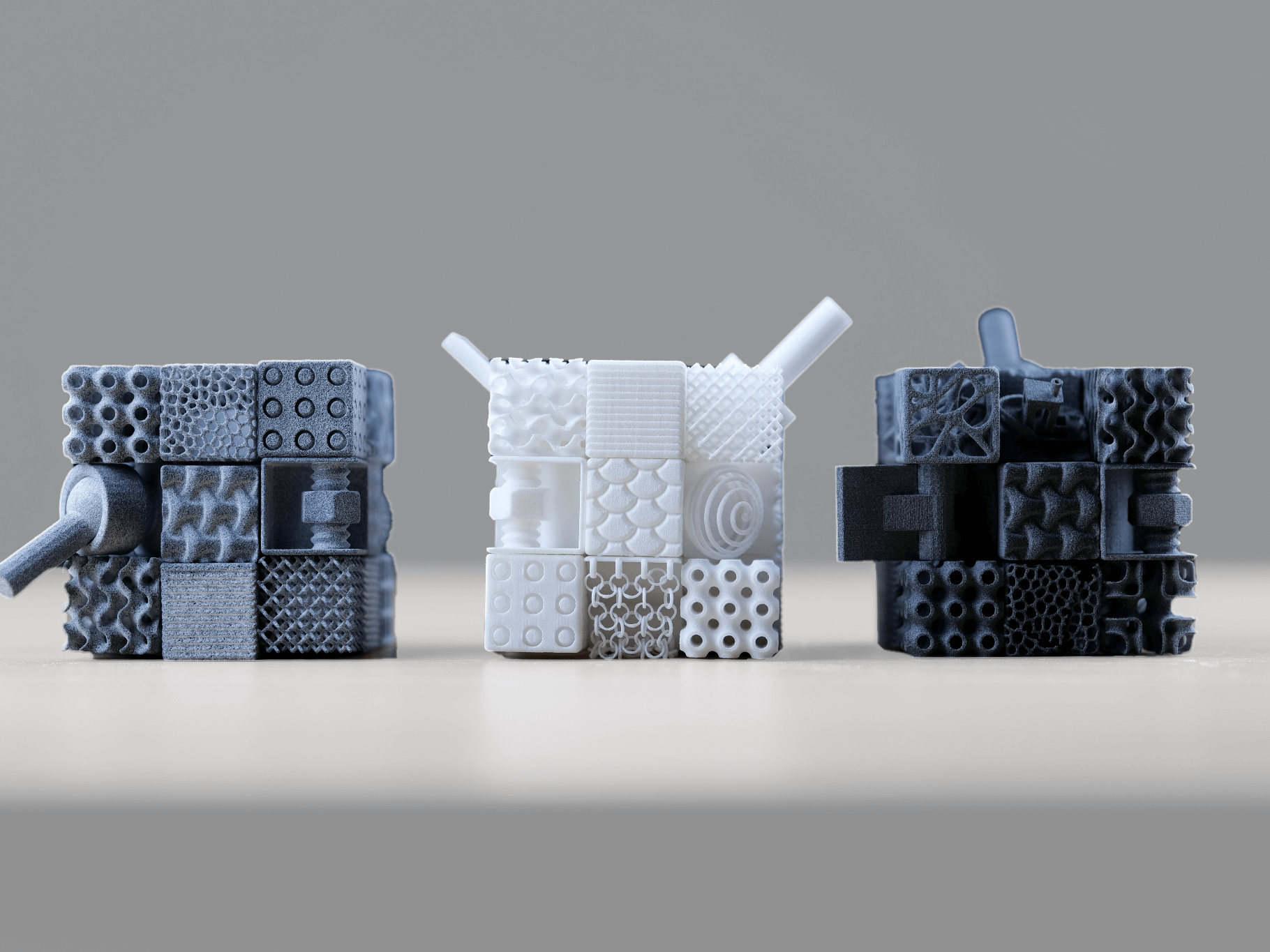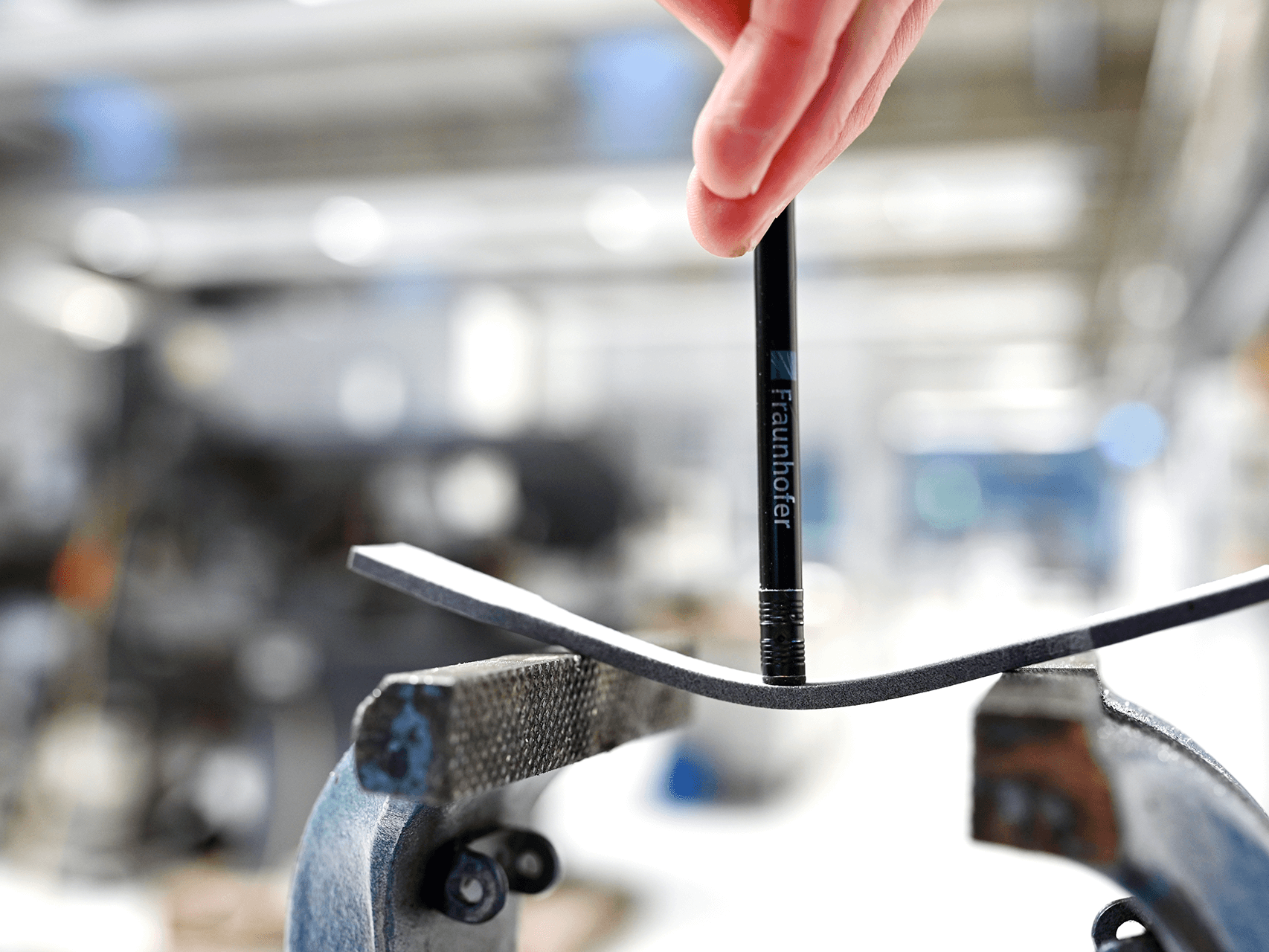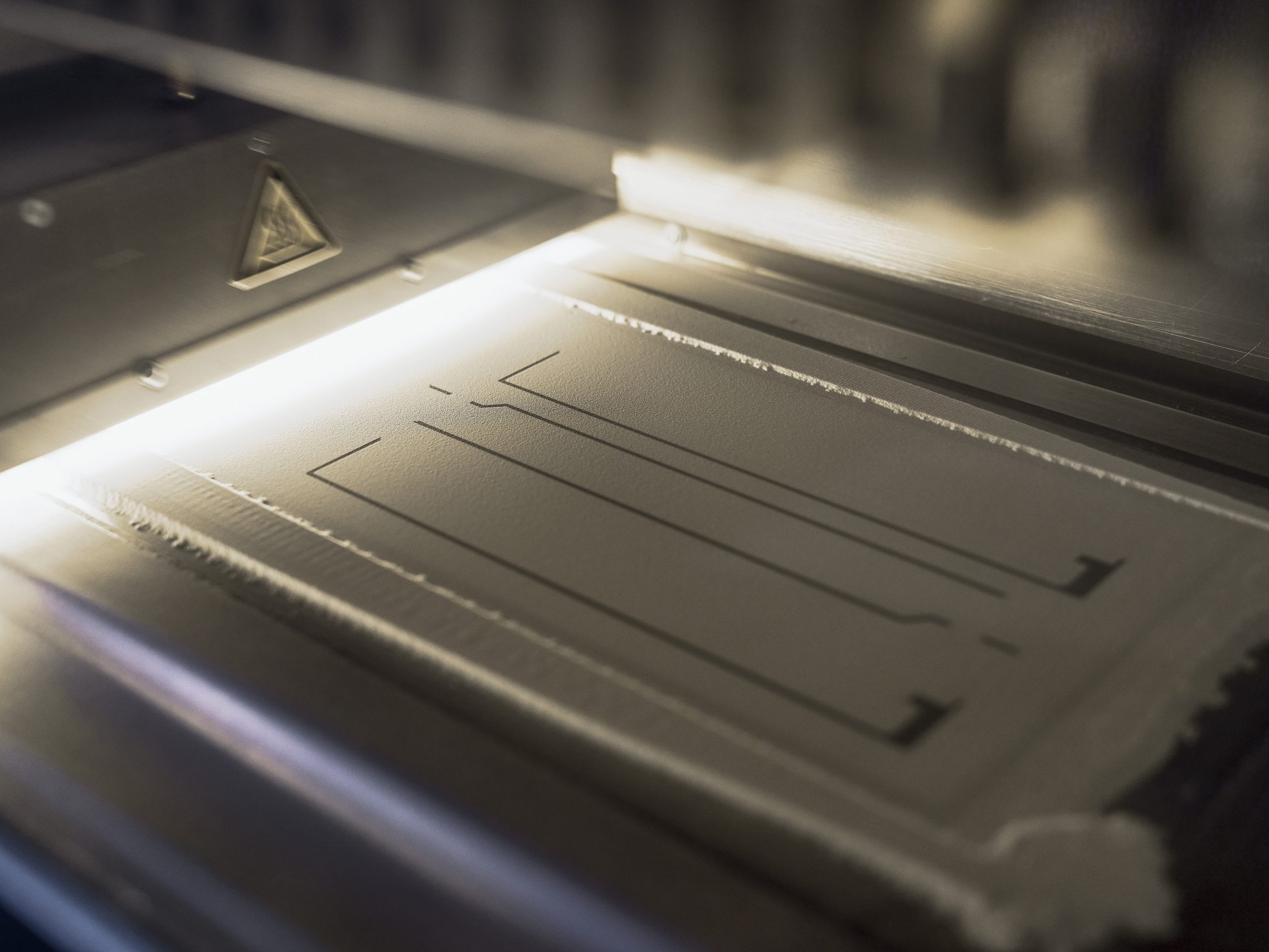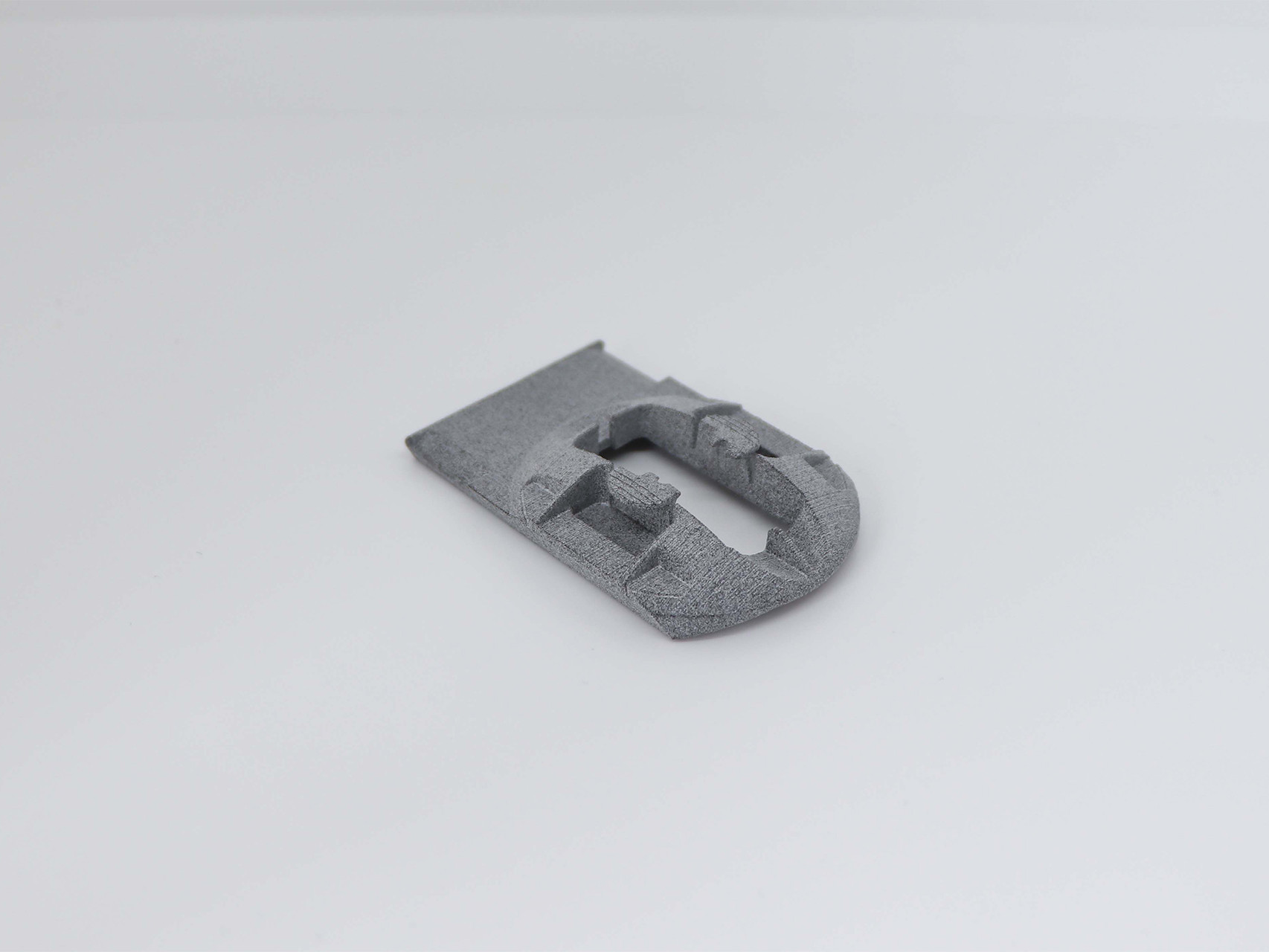- Home
- Case Studies
- Consumer Goods
- HSS Material Network – Proof of Concept Iglidur
HSS Material Network – Proof of Concept iglidur® i3-PL
The HSS Material Network is an interdisciplinary network of selected experts dedicated to making the development and qualification of new polymer materials for the additive manufacturing process High Speed Sintering (HSS) more flexible and faster.
The VX200 HSS from voxeljet is designed as an open source 3D printing system and provides full access to process parameters and temperature management in order to best match the printing process and material. The HSS Material Network offers customers a flexible and low-risk outsourcing option for material development for additive manufacturing. The complementary competencies of the HSS Material Network partners enable companies of all sizes to receive unique support, from an initial suitability test, through specific development and parameterization, to certification or market-ready qualification of the material. Here we present our partners, projects and proof of concepts.
1. What exactly is iglidur® i3-PL and in which industries and products is it processed?
The iglidur® i3-PL material is a plastic powder specially developed by igus® GmbH for the production of gliding applications and gears via additive Powder Bed Fusion of Polymer (PBF-P) processes, such as laser sintering (LS). It is used to manufacture components with a wide variety of applications, for example as special sliders in passenger cars, as gear wheels in e-bikes and even as sliders in elevators.
2. Which properties characterize iglidur® i3-PL and to what extent can these be influenced/optimized by additive manufacturing?
The special feature of iglidur® i3-PL is the activation of the powder with solid lubricants, whereby the parts manufactured from it achieve a wear resistance that is better by a factor of 3 to 30 than parts manufactured from alternative plastic powders on the market. For this purpose, a large number of different formulations were tested and developed in the igus laboratory in Cologne. In addition, the service life of iglidur® i3-PL gears and plain bearings has become calculable online due to the large number of tests. Customers can thus check the properties of the components in advance for their performance and service life in order to make any design adjustments before the final production.
3. What are the strengths/weaknesses of HSS in the processing of iglidur® i3-PL? Especially in comparison with other additive technologies such as LS?
Due to its print head technology, HSS has the potential for a significantly more economical production than LS. Moreover, thanks to its open-source conception, HSS has the possibility to specifically adjust component properties on the process side, and thus offers great potential for many applications for parts made of iglidur® i3-PL.
4. What distinguishes iglidur® i3-PL compared to other materials such as PP, TPU or PA12?
In addition to the high abrasion resistance, iglidur® i3-PL also stands out as a very good gear material. In numerous tests, the good suitability as gear material could be proven and confirmed by igus. Many times better than gears made of PA12 and PA11 in LS and even better by a factor of 5 than conventionally manufactured gears made of POM.
5. What further steps are planned after the proof of concept? Will the material be fully developed/qualified for HSS?
The iglidur® i3-PL material has already been available for the PBF-P since 2016. Via LS, more than 400,000 components have already been manufactured with it. The bearings and gears manufactured in HSS by the project group Process Innovation of the Fraunhofer IPA and the Chair of Environmentally Friendly Production Technology of the University of Bayreuth within the scope of the proof of concept show very good mechanical properties, which make a further optimization of the material to the HSS process up to a full qualification quite interesting.
igus is one of the recognized experts when it comes to polymers for sliding applications. 3D printing is not a novelty for the company. The iglidur® i3-PL material was already qualified for laser sintering processes in 2016 and over 400,000 components have been manufactured with it to date. By means of HSS, the material can be processed even more economically. The reason for this is the high productivity and reproducibility of the HSS process.
More Case Studies
3d printed joysticks for tractors and machines
For Lindner Traktorenwerke, 3D printing is already an alternative to injection molding. For example, for customized joysticks and control elements for their tractors.
URWAHN – 3D printing in bike manufacturing
To produce its e-bikes, URWAHN has focused on reshoring and lean management and is achieving these goals through additive manufacturing. Learn what role the voxeljet technology plays.
HSS Material Network – Proof of Concept TPU Launhardt
The HSS Material Network has published a new proof of concept. The TPU from the manufacturer Launhardt is one of the softest on the market.
Industrial Polymer 3D Printing Review: An extensive comparison of voxeljet HSS, HP MJF, and SLS
Whats the difference between HSS, MJF and SLS polymer 3D printing? Get to know the three main AM technologies for polymers in this extensive comparison.
HSS Material Network – Proof of Concept HDPE
Together with Fraunhofer IPA we have qualified the polymer HDPE for additive manufacturing within our HSS Material Network.
HP Multi Jet Fusion and voxeljet High Speed Sintering in comparison
The 3D printing processes MJF and HSS in comparison: Where are the differences and advantages for users?
Polymer sintering in custom mechanical engineering
With High Speed Polymer Sintering, prototypes can be realized much faster and economically viable.
3D Printing Solutions
Want to learn more about us and 3D printing? Click here for the entire voxeljet solution portfolio.






















